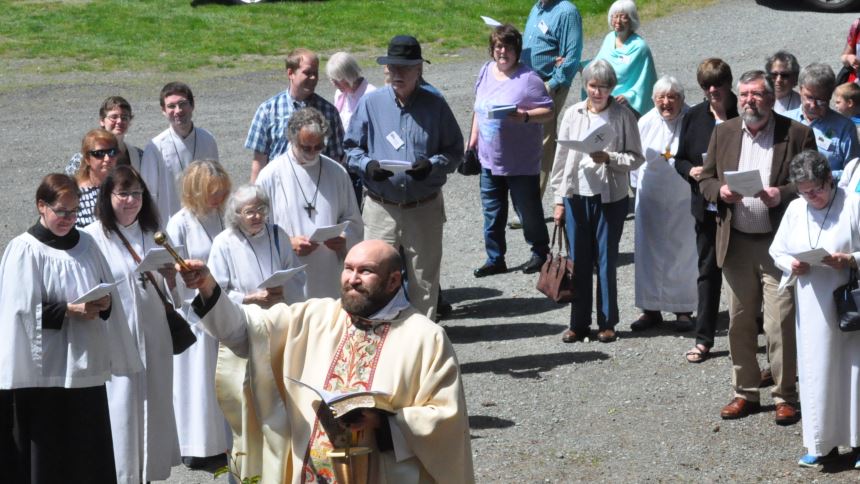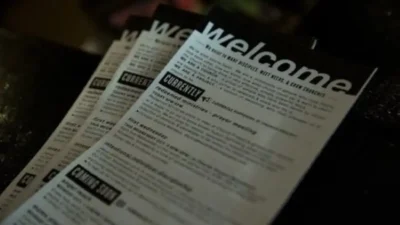We are currently smack-dab in the middle of two of my least favorite autumnal observances. One, the church calls a holy day, but the other is assuredly not. I am talking about Columbus Day Indigenous People’s Day and Thanksgiving Day.
The mythos surrounding both of these commemorations, that the noble Europeans came and discovered and brought light, civilization to a few benighted savages, just as God willed. These narratives, that until very recently were commonly accepted in the church and in society, have always troubled me—not because of the picture that they paint, but because not only are the pictures that they paint false but because the false narrative then gives us a false sense of self, and incorrect interpretation that things are fine and have always been…no genocide to see here. The truth is far harder. Disease, displacement, and outright war were the means used by Columbus and Plymouth Colony members (not to mention many, many other colonizing occupations from Europe) to carve out for themselves a place in the history books at the expense of millions of innocent lives.
The church itself is not immune to this truth. Many of the church buildings, Episcopal or otherwise, on this continent were placed on lands that were swindled, swarmed over, and outright usurped from the from the people who had been in relationship with that particular patch of creation for thousands of years, deep relationship, the kind of mutual care and interdependence that is the mark of true stewardship, a standard which the church has failed to upkeep.
We cannot change the facts of how we came to be stewards of the land—none of us has a time machine (and even if we did, Ive seen enough sci-fi shows to know that we’d probably just make things worse). We can, though, acknowledge the fact that we are inheritors of a stewardship that is not our own. We are not the sole owners—in fact, not owners at all, of this place that we refer to as Redeemer. We meet, Sunday by Sunday, on land by the Coast Salish nations have been in relationship with for Generations. We join in caring for this land with them, late comers to this relationship. We are now responsible that kinship relationship that they have held sacred for generations upon generations.
It may seem like a little thing, acknowledging the truth of where we are of who was here before, but its a start. And here’s another thing. For a few years now, we have been praying, during the prayers for those in authority, for Marie, Cecile, and Brian. Marie Zackuse is the Chairwoman of the Tulalip Nations, Cecile Hansen is the chairwoman of the Duwamish Nation, and Brian Cladoosby is chairman of the Swinomish Tribe and had been the President of the National Congress of American Indians. We pray for them, and the Tribal nations that they guide forward into the future. This is a beginning, an opening, another opportunity to grow into greater stewardship, a deep and equal relationship among kin, with the gifts—land, and especially people—God has given us.
—Fr. Jed Fox, Rector
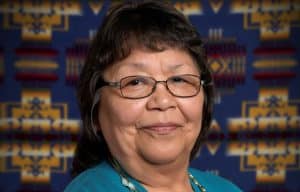
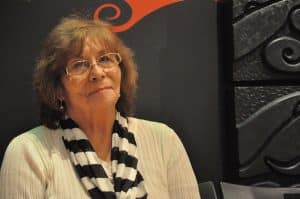
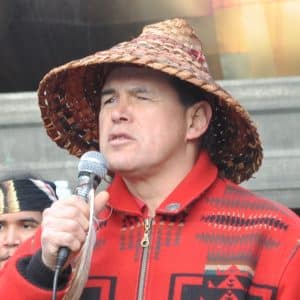
Church of the Redeemer
Church of the Redeemer: Worshiping God, living in community, and reaching out to the world. We are an Episcopal Church serving north King County and south Snohomish County, Washington. As you travel your road, go with friends walking the way of Jesus at Redeemer.
Church of the Redeemer is at 6210 Northeast 181st Street in Kenmore, Washington. The campus is a short distance north of Bothell Way, near the Burke-Gilman Trail. The entrance looks like a gravel driveway. The campus is larger on the inside than it is on the outside. And we managed to hide a large building on the side of a hill that is not easily seen from the street.
The Episcopal Church welcomes you.

